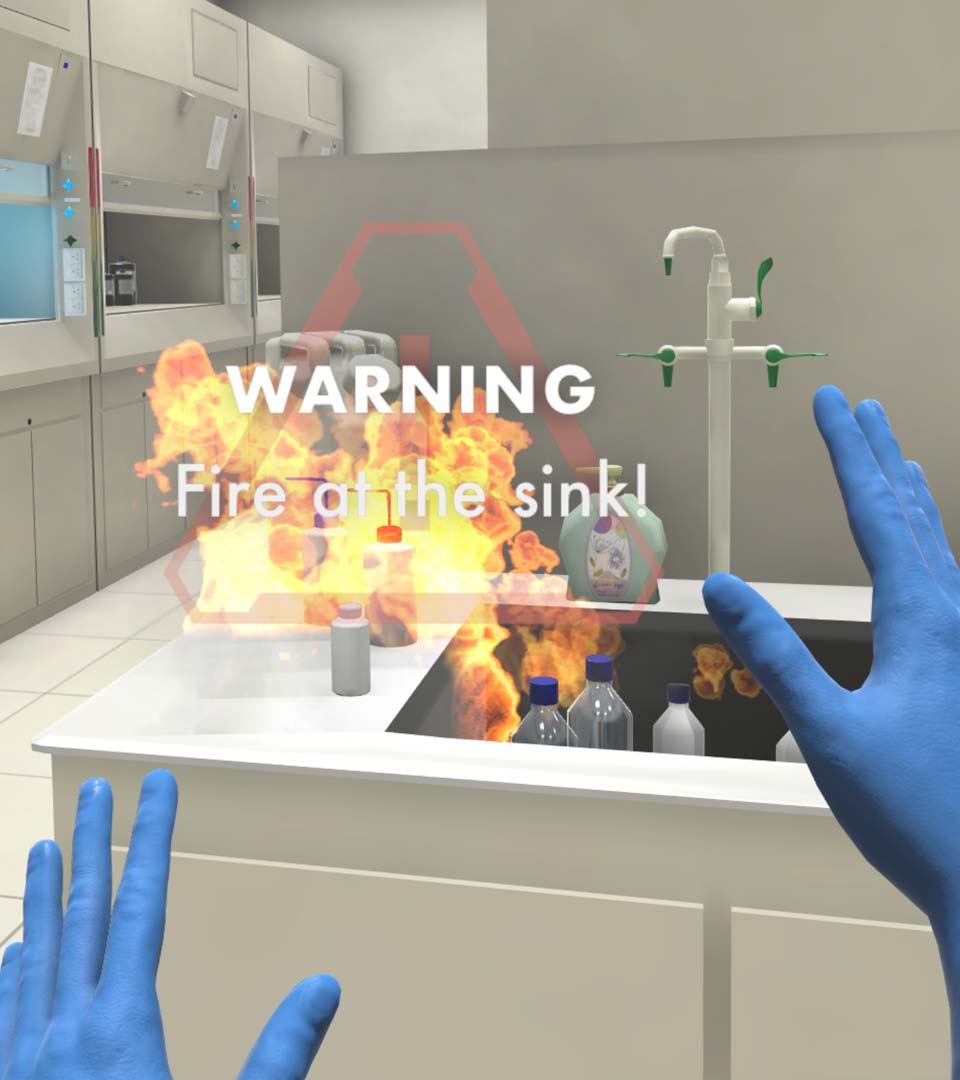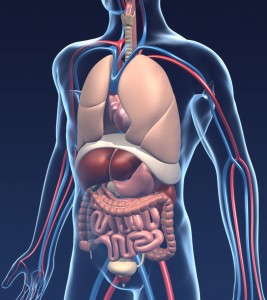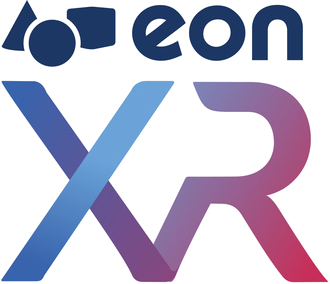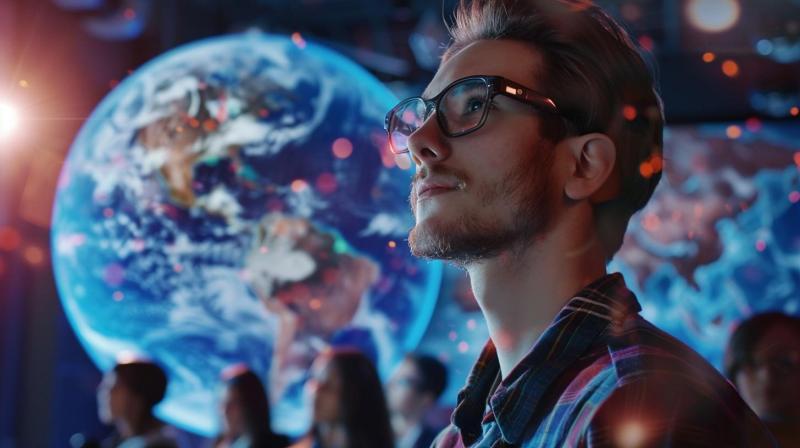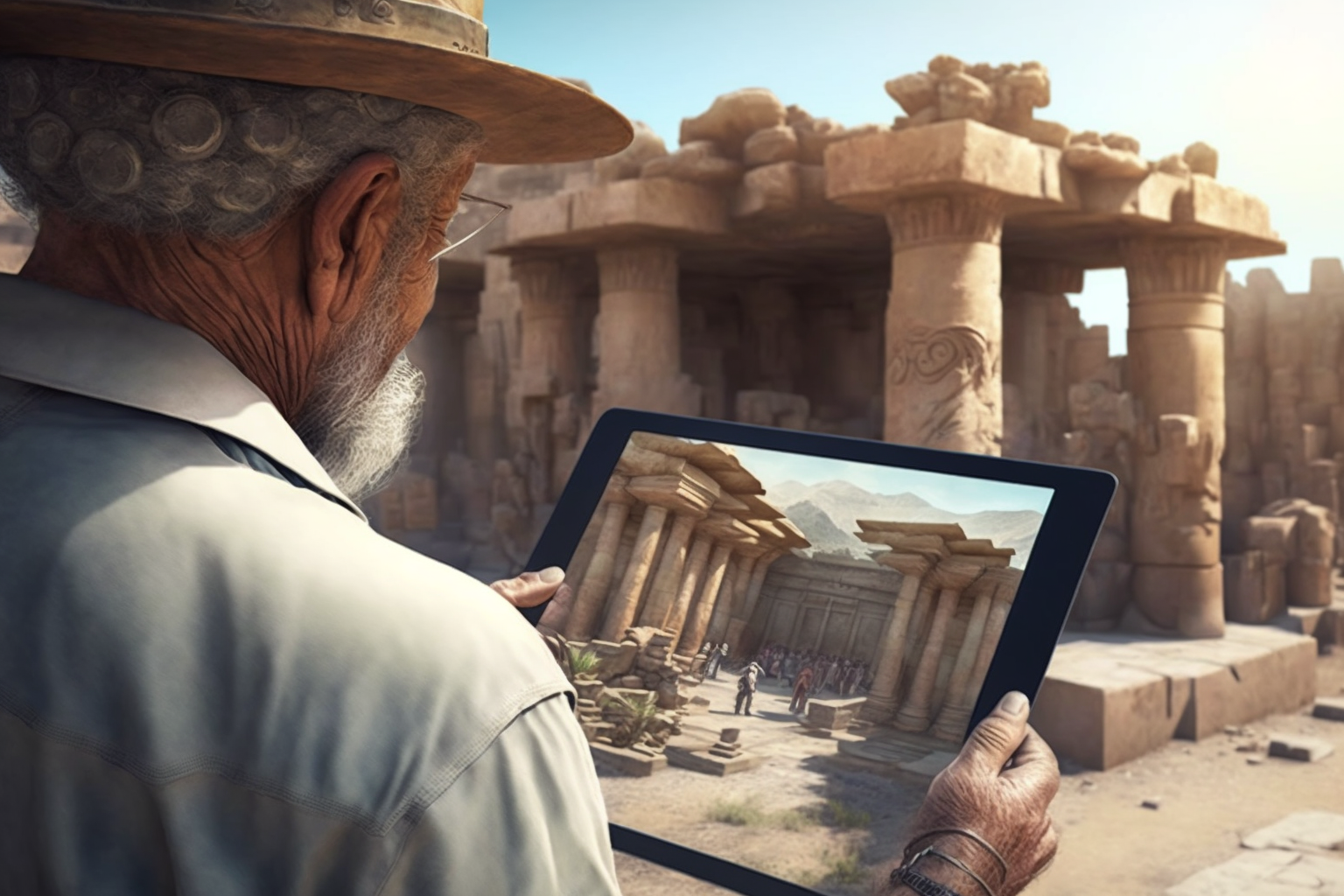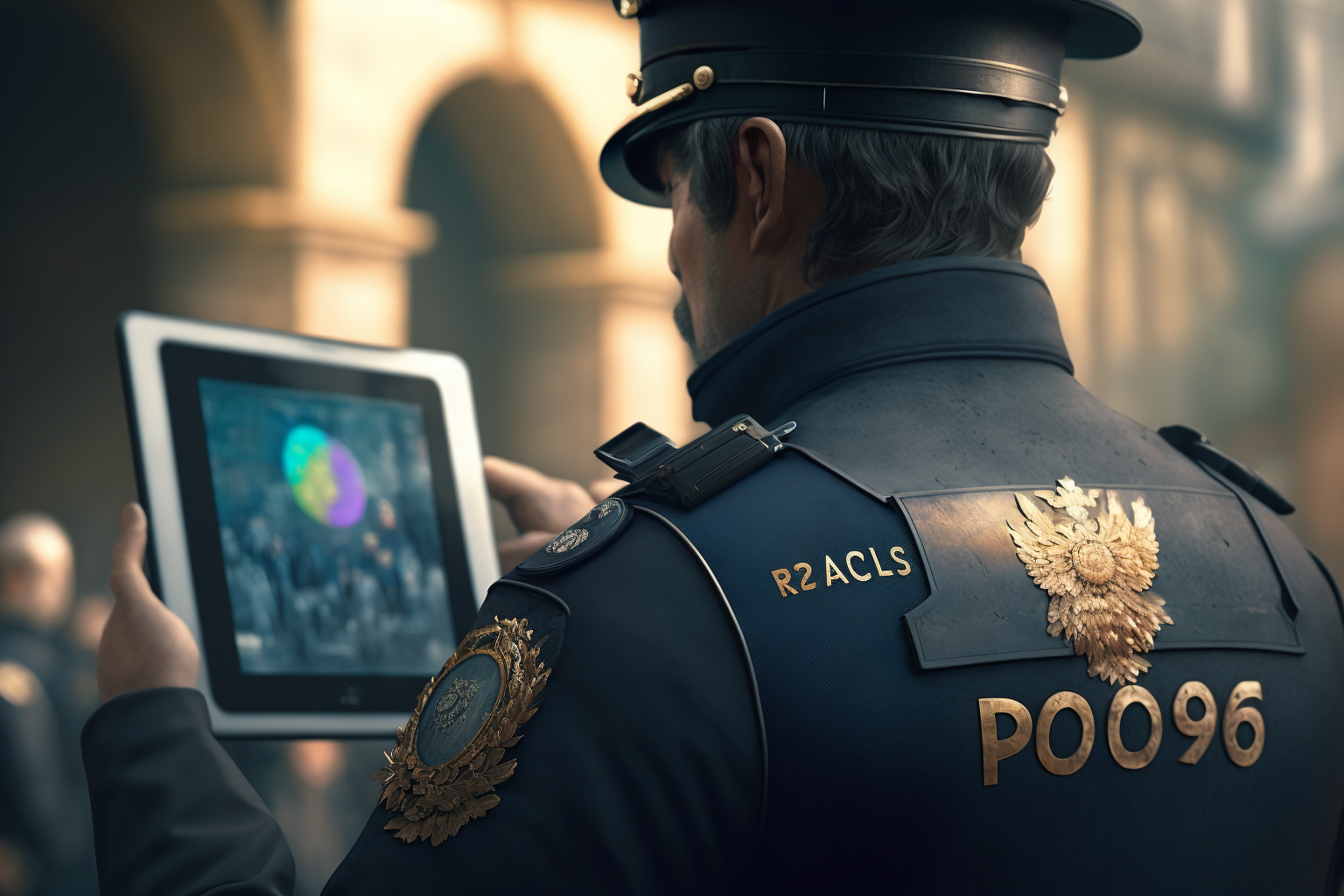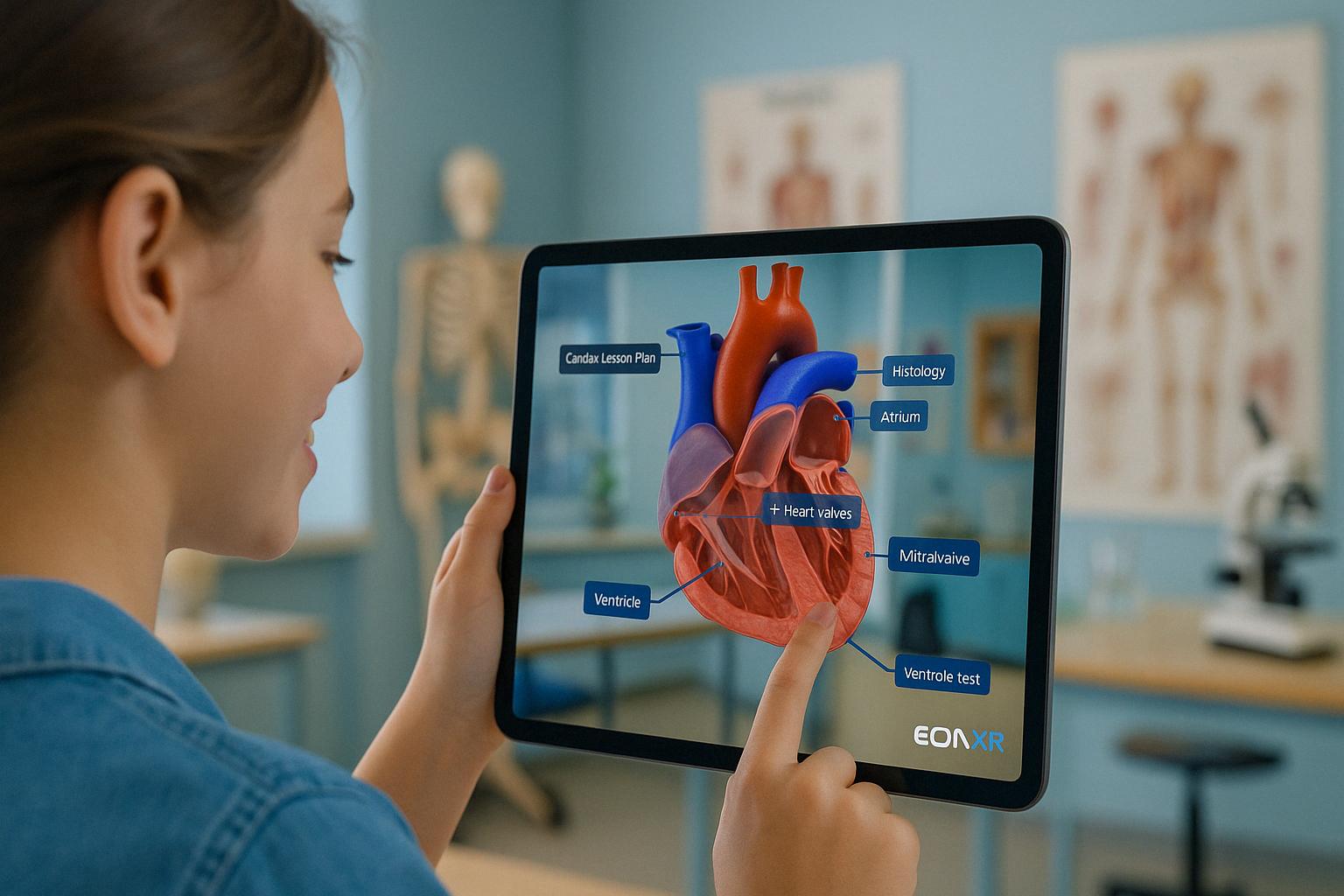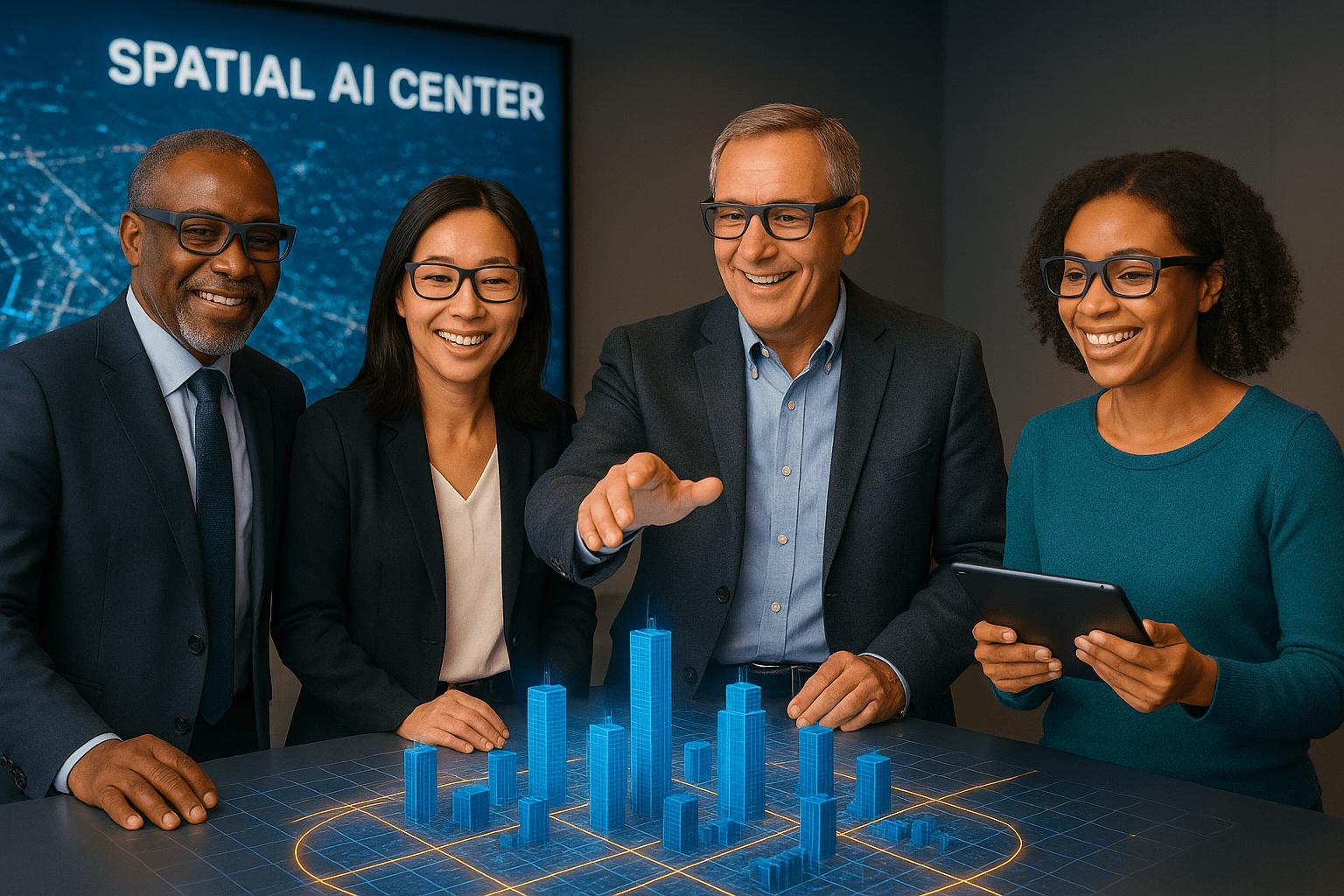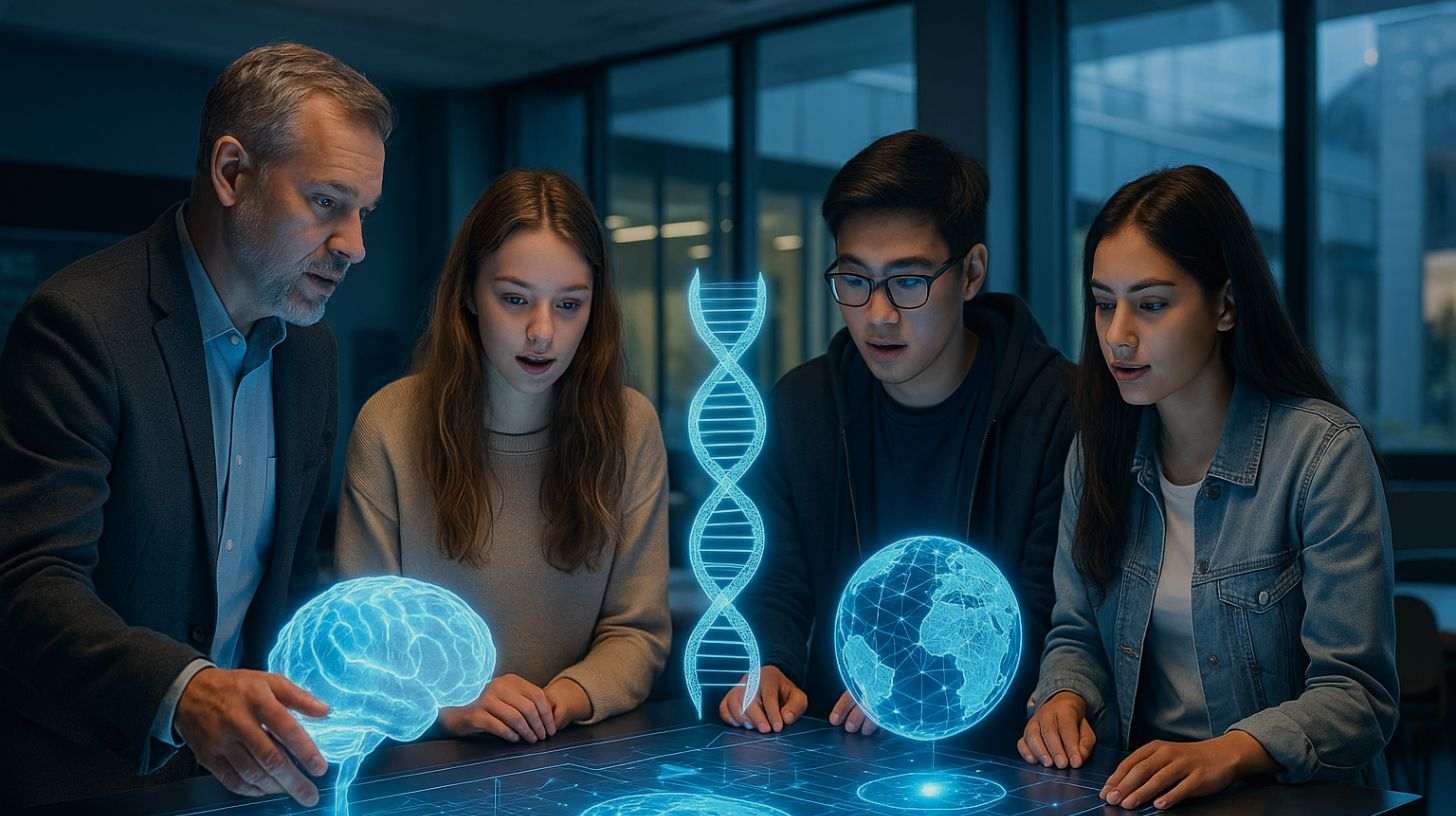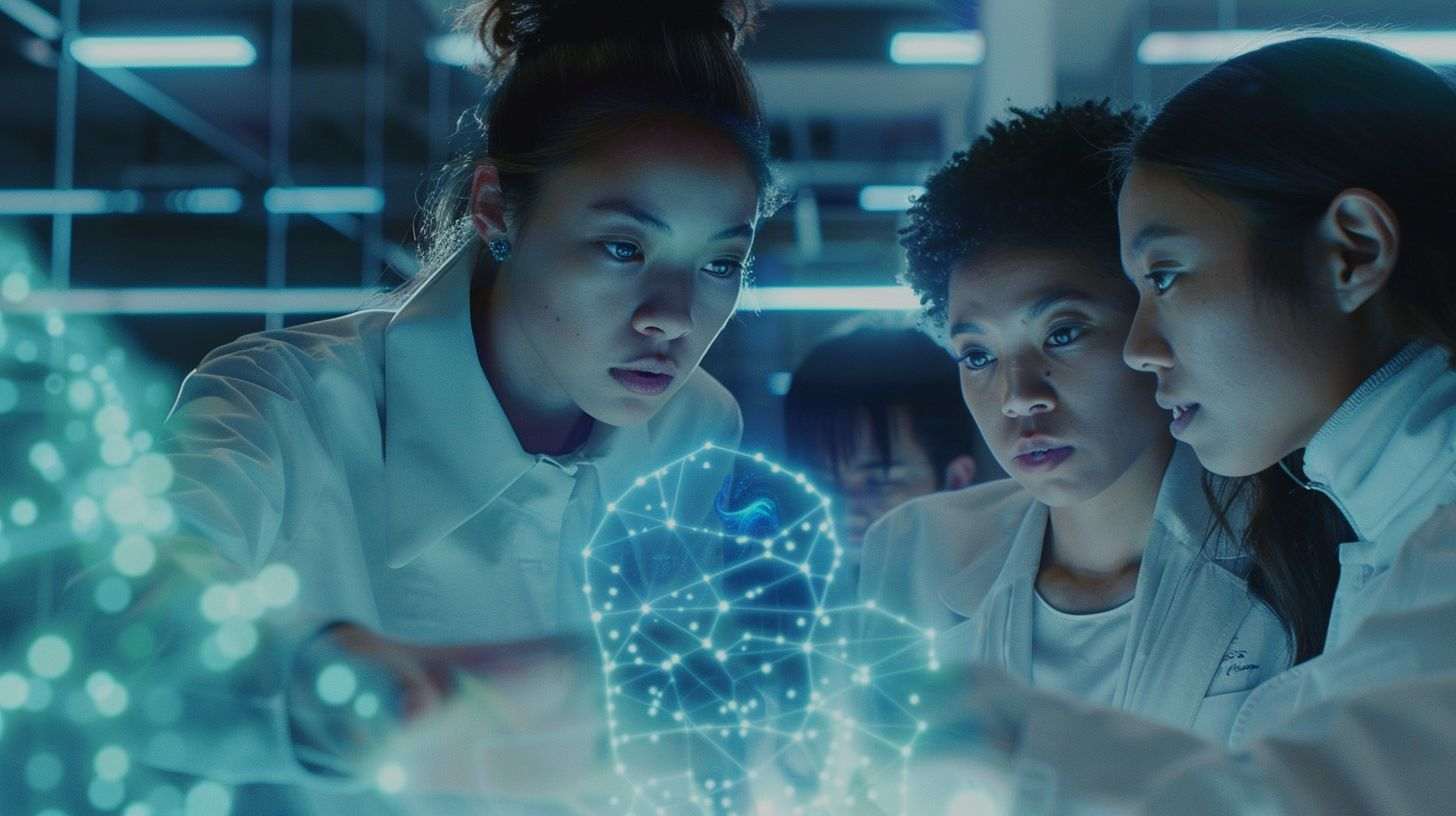As classrooms move into a new generation of digital transformation, the use of tools such as VR and AR in education are becoming one of the hottest topics in education technology. In the twenty one year history of EON Reality, we have been working closely with higher education institutions to create immersive interactive learning experiences for the classroom. In this post, we travel through our vast catalog of applications to showcase four inventive ways universities are using VR and AR for education and hope it serves to inspire if you are looking to create an immersive learning experience in your own classroom.
Self Directed Learning
One of the first universities to join EON Reality’s self-directed learning movement, the latest development from UBT marks a massive step forward in the development of a global curriculum for a wide variety of subjects on EON-XR.
With 20,000 lessons and 141 full university-level courses created by more than 8,000 faculty and excelling students across dozens of subjects and 17 different schools, users around the world will be able to benefit from the success of one of EON Reality’s top international EON-XR Centers. These lessons include more than 120,000 newly created assets on EON-XR and cover everything from architecture and engineering to lab sciences, advanced mathematics, and even more arts-related topics like conceptual photography and studio design. Get started with EON-XR is available for free here.
Virtual Labs
As one of the most technologically advanced schools in the world, Singapore’s Nanyang Technological University is no stranger to using Augmented and Virtual Reality solutions to solve their problems both inside and outside of the classroom. In 2017, NTU’s School of Physical and Mathematical Sciences recognized that while dissecting models and teaching lessons in AR and VR was a great start, it had barely scratched the surface of the potential to increase the efficiency of some of their lab training and procedures. With that, the School of Physical and Mathematical Sciences set off to find an effective way to digitize the safety training for one of the most dangerous and high-risk areas students work in: the chemistry lab.
In just a handful of months, EON Reality was able to develop eight chemistry lab safety training EON-XR modules for NTU’s students and staff. Wearing a virtual reality head-mounted display, students and staff are able to increase their knowledge and virtually handle various emergency scenarios without any of the potential danger or cost. From preventing and controlling chemical hazards to protecting the health and safety of colleagues within the laboratory, EON Reality’s Virtual Trainer solution provided risk-free safety and prevention training for some of the most common chemistry lab emergency situations. The EON-XR modules also provide the students with the ability to engage in remote learning by using the VR laboratory training lessons.
Hands on VR Ophthalmic Training
Medical students studying ophthalmology view the complex structures and functions of the human eye through two dimensional teaching aids and traditional teaching methods. Deliberate practice is necessary for mastery learning. Currently this takes place through physical simulators purpose built for specific procedures, however how do these students master the basic concepts on which these simulators are based? In order for the complex concepts of ophthalmology to be mastered, there needs to be innovation in the ways students learn. VR ophthalmic training applications like this can be used to master these concepts.
EyeSim, developed together with Dr. Anuradha Khanna from A Nu Reality, is a Virtual Reality ophthalmic training simulator application designed for educators to use in the classroom for learners to achieve mastery learning through deliberate practice. Currently available modules include ocular anatomy, pupil simulator, ocular motility simulator, and a visual pathway simulator.
Virtual Anatomy Simulation
Students of all ages attempt to understand the beautiful complexity of the human body, a quite tedious and daunting task. In today’s classroom, students learn anatomy primarily through images and the written word. These formats do not completely capture the complexities of human anatomy as they represent 3D material in a flat two dimensional image. To improve student understanding and to accelerate learning across all age groups, innovations need to be made in the teaching of anatomy.
The Virtual Anatomy Simulator, developed by EON Reality, enhances the visualization of complex structures in the human body while guaranteeing that students receive the best education, whether medical undergraduates and postgraduates. Students do not have to worry about damaged cadavers or long waits for lab times. Additionally, undergrads can have access to a complete dissectible human body, something that is typically reserved for advanced students in medicine.

